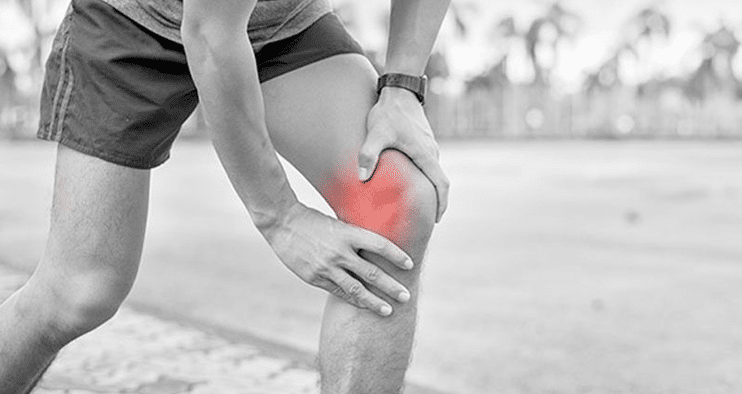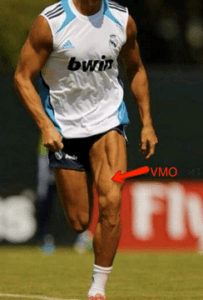
How to Fix Sore Knees with Exercise!
Often, there will be some pain and swelling following a knee injury, or when you have conditions such as Osteoarthritis, Iliotibial Band Syndrome or Patellofemoral Pain Syndrome.
Pain and swelling are not to be taken lightly as it may lead to weakness and atrophy of the thigh muscle (Vastus Medialis Oblique/ VMO). Eventually it may affect one’s ability to walk normally and climb the stairs. It would therefore be of utmost importance to reduce swelling, reactivate and strengthen the VMO as soon as we can.
Read on to find out more about exercises that can help re-activate your VMO and it may just relieve your pain!
What is VMO?

VMO is one of the four quadriceps muscles which can be found at the medial side of the thigh. It originates from the medial side of the femur and inserts onto the quadriceps tendon near the kneecap. It is supplied by the femoral nerve and femoral artery.
Dysfunction of the Vastus Medialis Oblique (VMO) has been hypothesized as one of the causes of knee pain. Apart from extending the knee, VMO also serves as an important knee stabilizer and ensures proper tracking of the kneecap (patella) during movement.
5 Effective Ways to Strengthen & Activate VMO
- Lunge Forward
a. Stride standing with both knees fully extended. Position your feet hip width apart , knees in-line with 2nd/3rd toe. Flex the front knee to 45° and return to full extension. The rear knee remains in full extension and both heels remain on the ground. Perform 10 repetitions, 2-3 sets. You can progress by adding an exercise band.
2. Step Forward on Forefoot
a. Step forward on your forefoot with your knee flexed to 30°. Keep your knee in-line with the 2nd/3rd toe. Hold on a wall or stable surface for support. Hold the position for 5 seconds and perform 10 repetitions. Increase the repetitions as you become stronger.
3. VMO Squats with Ball
a. Back against the wall and feet positioned one step away from the wall. Feet are to be hip width apart, knee in-line with 2nd/3rd toe. Place a ball or pillow between your knees. Back flat against wall, squatting to 45° knee flexion, and return to full knee extension. Perform 10 repetitions, 2-3 sets. Increase the repetitions as you become stronger.
4. Isometric VMO Strengthening
a. Sit on a chair with your knee flexed to 70°, knee in-line with 2nd/3rd toe. Slide the foot forward and push your knee down towards the floor. Hold for 10 seconds, perform 10 repetitions. Increase the repetitions as you become stronger.
5. Straight Leg Raise
a. Lying supine, knee fully extended and pointing the toes slightly outward and upward. Raise the leg to hip flexion 60°. Hold for 5-10 seconds and repeat 10 times. Increase the repetitions as you become stronger.
All the above exercises should be performed without pain. If you do however experience pain, please seek help from our Physiotherapists who are skilled at assessing your needs to create a tailored exercise program towards your treatment goals. For more information on how to improve your knee strength or reduce pain , do get in touch with us through our website www.rapidphysiocare.com or call +65 6904 4900.
References
- The_Effect_of_Closed_Kinetic_Chain_Exercises_and and open chain exercise on the muscle activity of Vastus Medialis Oblique and Vastus Lateralis. SIAN E. IRISH, ADAM J. MILLWARD, JAMES WRIDE, BERNHARD M. HAAS, AND GARY L.K. SHUM 2010
- Electrical Activity of Vastus Medialis Oblique Muscle in Straight Leg Raise Exercise with Different Angles of Hip Rotation. K Sykes, YM Wong 2003
Tags : Physiotherapy



